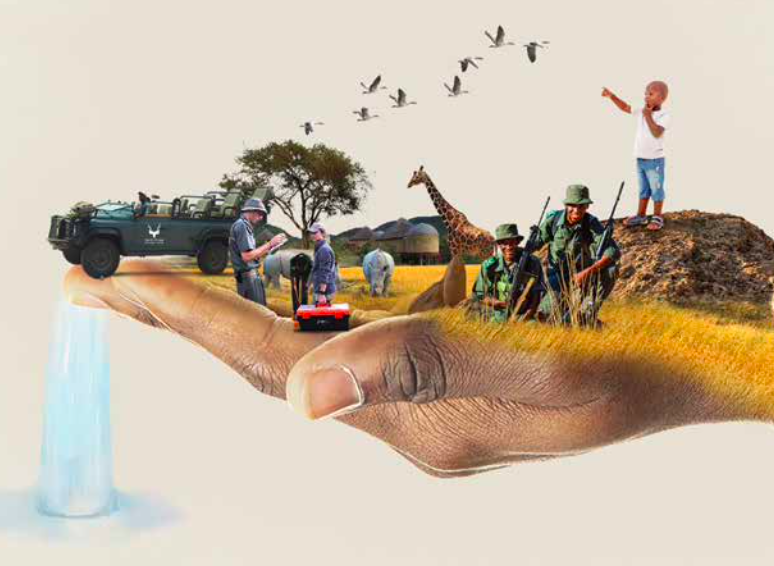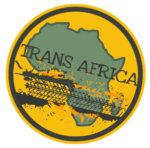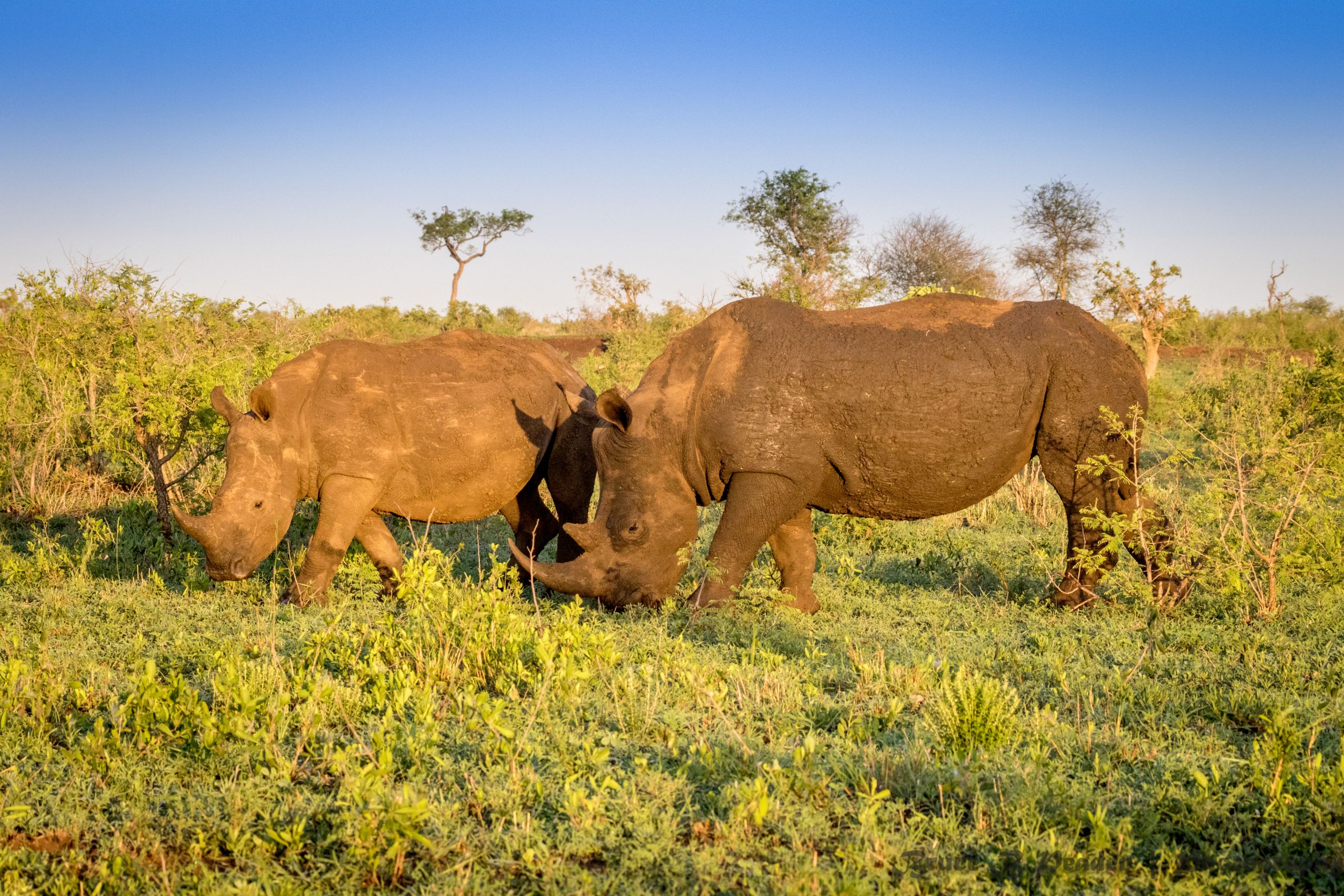SANParks is a public entity under the jurisdiction of the Department of Environmental Affairs in South Africa, SANParks manages a system of 20 functional national parks in seven of the nine provinces of South Africa with a total area of just over 4 million hectares, 40,000 sqkm, comprising 67% of the protected areas under state management.
The SANParks of today is recognised as a world leader in conservation and protected area management.
In the last two decades, seven new national parks have been established, totalling over 700,000 hectares, with much of this being in the under-conserved biomes such as the Succulent Karoo and Fynbos.
The SANParks’ Mission is to develop, protect, expand, manage and promote a system of sustainable national parks that represents natural and cultural heritage assets, through innovation, excellence, responsible tourism and just socio-economic benefit for current and future generations
During the 2019/2020 financial year, SANParks added 138 344 ha to the system of national parks. This includes the establishment of the new 135 245 ha Meerkat National Park and the additional land expansion in the Addo Elephant National Park, in the Table Mountain National Park and in the Tankwa Karoo National Park.
the Minister of Forestry, Fisheries and the Environment declared 20 new Phakisa Marine Protected Areas, this declaration increased South Africa’s marine protection levels from 0.4% to 5%, totaling 67 300 sqkm or 6 730 000 ha.
Tourism revenue contributes 80% of the organisation’s annual budget, the tourism revenue has grown by 6%, this is only 2% below the budgeted total.
The total Guests to Parks decreased by 5.1 per cent year on year from 6 665 667 to 6 326 448 persons through SANParks’ gates; a total of 69.4% of accommodation occupancy was achieved.
The COVID-19 pandemic caused a declines in day visits by international guests, the international tourism was dramatically impacted by the pandemic; moreover the SANParks experienced mass cancellations by domestic visitors.
Wildlife crime has decreased significantly in Kruger National, rhino poaching has declined by 21.61% and elephant poaching by 43.75%.
The decrease in poaching in KNP can be attributed to:
• Integrated wildlife anti-crime strategies involving all law enforcement agencies in South Africa and the Greater Limpopo Transfrontier Conservation Areas.
• Significant arrests made at high levels of the poaching chain of command.
• The Covid-19 outbreak which restricted movement and strengthened security
on the roads.
• Successes with WASS “Meerkat”, a state-of-the-art surveillance technology.
• Cooperation between SANParks’ Special Operations and SANDF Special Forces
Unfortunately there are bad news: after years of silence about Kruger National Park rhino populations from South Africa’s Ministry of Forestry and Fisheries and Environmental Affairs, we can now confirm that populations in the Kruger National Park have plummeted to an estimated 3,529 white rhinos and 268 black rhinos.
This represents a population reduction of 67% for white rhinos, from 10,621 in 2011 and 35% for black rhinos, from 415 in 2013.
SANParks has made it a priority to manage and stabilise the population of rhino in Kruger National Park; the park has been the epicentre of rhino poaching , with many animals lost from 2008, and thus needs special attention.
Despite the picture is changing slightly following interventions by Ranger Services and Scientific Services which have led to a decline in the number of poached animals year on year, the road is still long and challenging.


